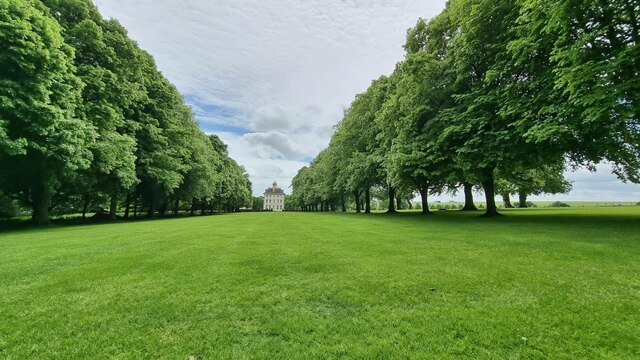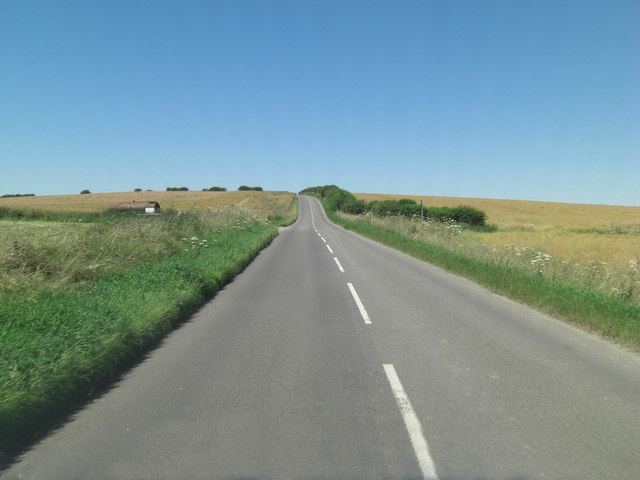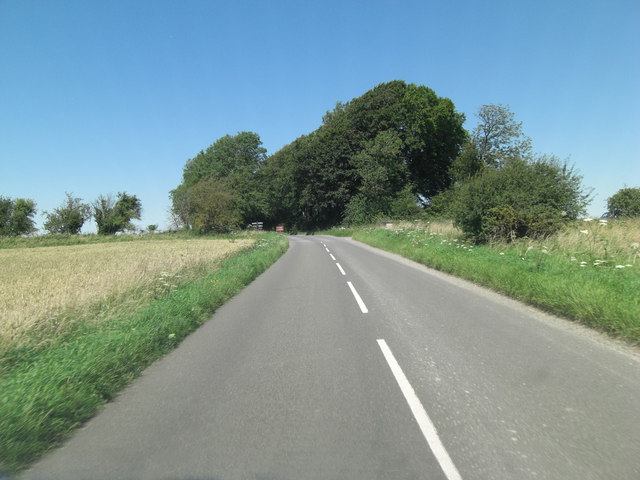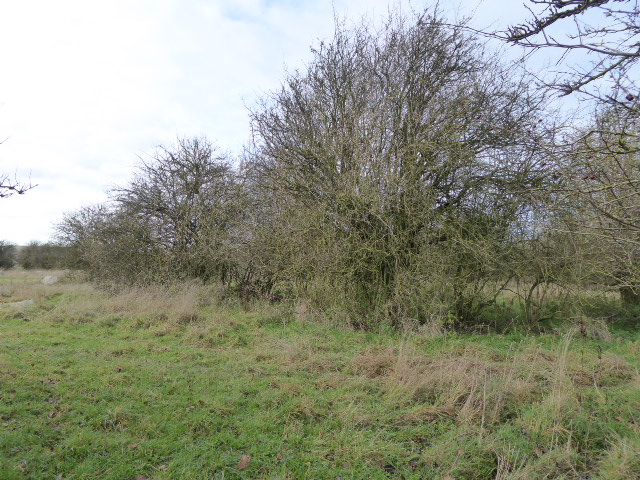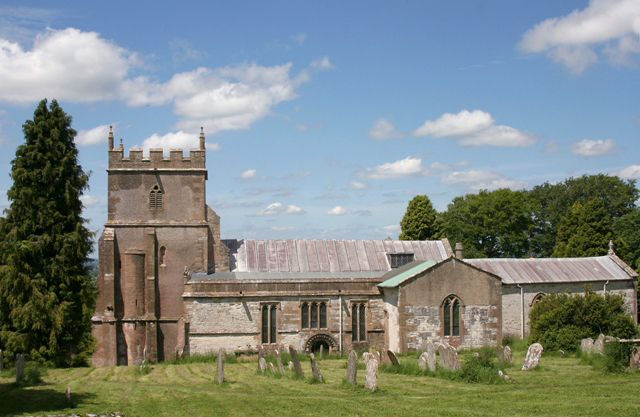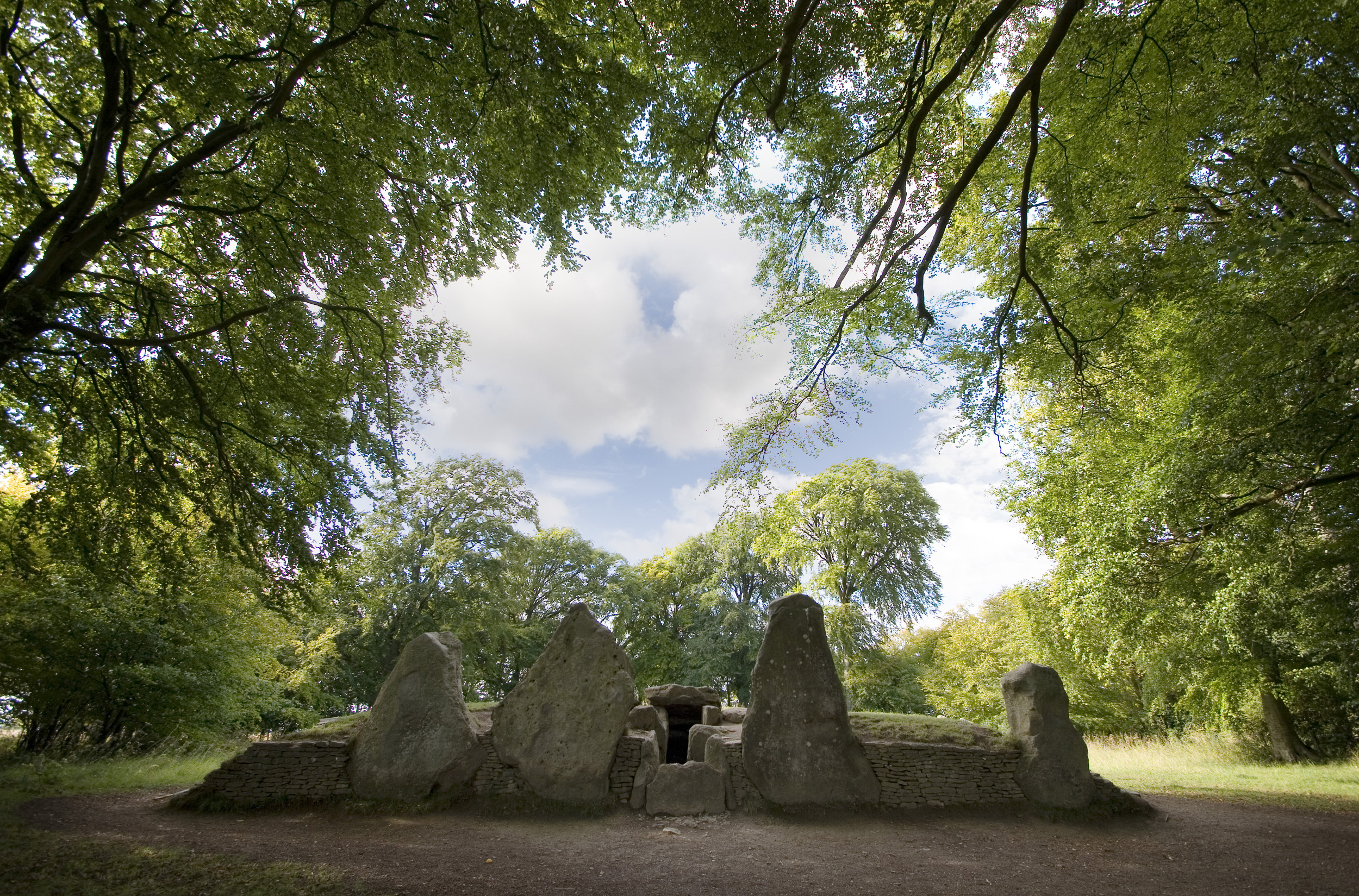Alfred's Castle
Heritage Site in Berkshire
England
Alfred's Castle
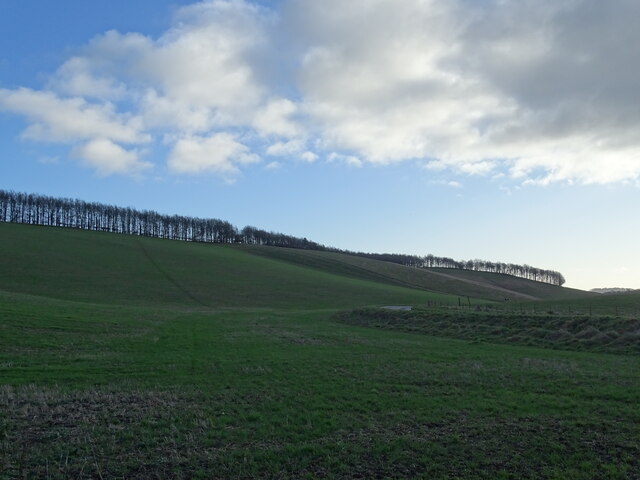
Alfred's Castle, located in Berkshire, England, is a historic heritage site that holds great significance in the country's history. The castle is believed to have been built during the late Iron Age, around 700 BC. It is named after King Alfred the Great, who is said to have used the site as a stronghold during the 9th century.
Situated atop a hill, Alfred's Castle offers panoramic views of the surrounding countryside. The castle itself consists of an impressive earthwork rampart, which encloses an area of approximately 2.5 acres. The rampart is made up of a series of ditches and banks, forming a defensive structure. The site also features a central mound, which is believed to have been used as a platform for a wooden lookout tower or a beacon.
Archaeological excavations at Alfred's Castle have revealed traces of Iron Age pottery and other artifacts, providing valuable insights into the lives of the people who once inhabited the area. The site is also associated with the legendary figure of King Arthur, as it is believed to be one of the possible locations of his Camelot.
Today, Alfred's Castle is a popular destination for history enthusiasts and visitors who appreciate the beauty of the Berkshire countryside. It offers opportunities for walking and exploring the ancient earthworks, while enjoying the stunning views. The site is managed by a local heritage organization, which ensures its preservation and provides information to visitors about its historical significance. Alfred's Castle stands as a testament to the rich history of the region and offers a glimpse into the ancient past of England.
If you have any feedback on the listing, please let us know in the comments section below.
Alfred's Castle Images
Images are sourced within 2km of 51.54/-1.603 or Grid Reference SU2782. Thanks to Geograph Open Source API. All images are credited.



Alfred's Castle is located at Grid Ref: SU2782 (Lat: 51.54, Lng: -1.603)
What 3 Words
///remarked.asteroid.obscuring. Near Bishopstone, Wiltshire
Nearby Locations
Related Wikis
Alfred's Castle
Alfred's Castle is a small Iron Age hill fort, situated at grid reference SU277822, behind Ashdown Park in the civil parish of Ashbury in Oxfordshire...
Ashdown House, Oxfordshire
Ashdown House (also known as Ashdown Park) is a 17th-century country house in the civil parish of Ashbury in the English county of Oxfordshire. Until 1974...
Ashdown Park
Ashdown Park is a 9.3-hectare (23-acre) biological Site of Special Scientific Interest (SSSI) south of Ashbury in Oxfordshire. The SSSI is part of the...
Park Farm Down
Park Farm Down or Parkfarm Down is a 3.3-hectare (8.2-acre) biological Site of Special Scientific Interest north-west of Lambourn in Berkshire. It is in...
Idstone
Idstone is a hamlet in the civil parish of Ashbury in the Vale of White Horse. Idstone was part of Berkshire until the 1974 boundary changes transferred...
Ashbury, Oxfordshire
Ashbury is a village and large civil parish at the upper end (west) of the Vale of White Horse. It was part of Berkshire until the 1974 boundary changes...
Wayland's Smithy
Wayland's Smithy is an Early Neolithic chambered long barrow located near the village of Ashbury in the south-central English county of Oxfordshire. The...
Fognam Chalk Quarry
Fognam Chalk Quarry is a 3-hectare (7.4-acre) geological Site of Special Scientific Interest west of Upper Lambourn in Berkshire. It is a Geological Conservation...
Nearby Amenities
Located within 500m of 51.54,-1.603Have you been to Alfred's Castle?
Leave your review of Alfred's Castle below (or comments, questions and feedback).


